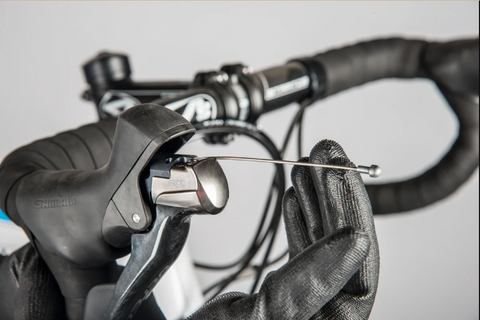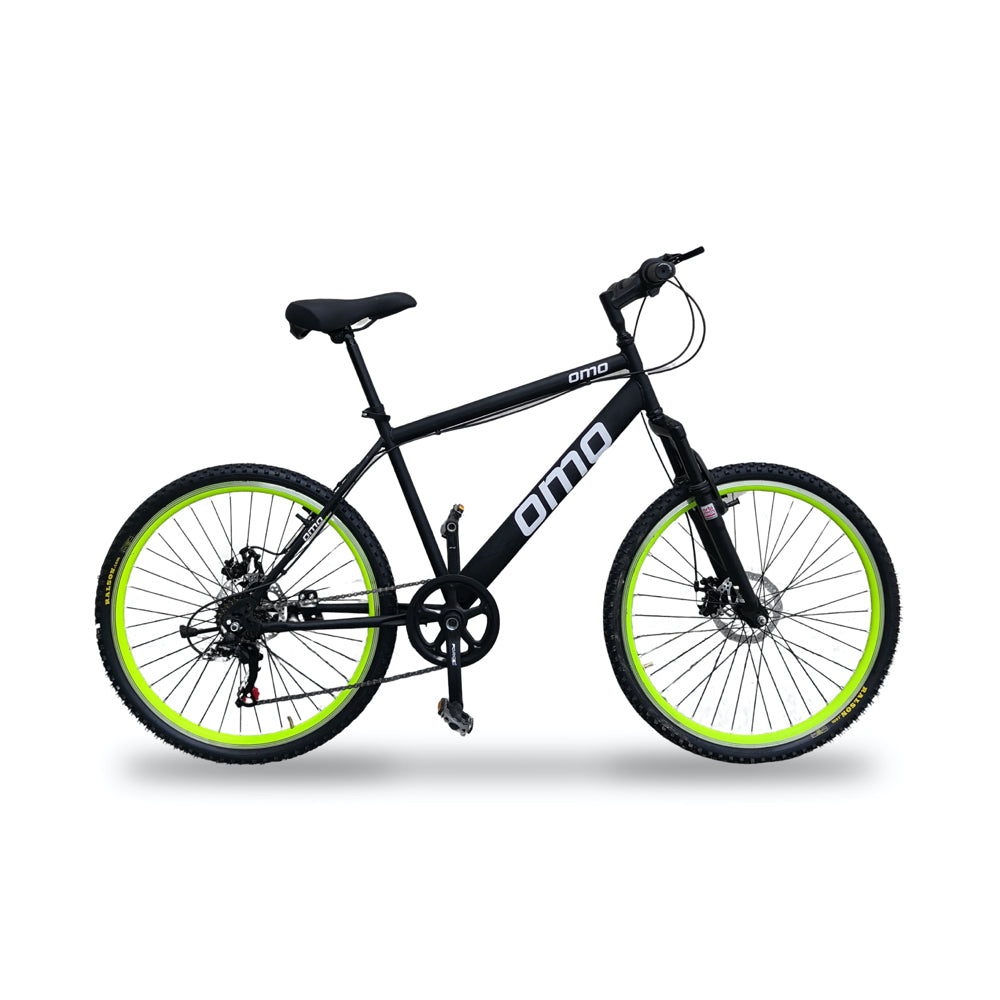
Bike lubricant is an unglamorous necessity to keep moving parts moving. But for obsessives, it transcends its utilitarian function and becomes the bike-maintenance equivalent of a fine wine, where quality is of the utmost importance.
Whether you grab an affordable option or prefer the highest-quality version you can find, the fact remains that without the proper lube applied to the right places, your ride will come to a screeching halt. Here’s how to use bike chain lube and lubricate your bike’s other moving parts.
So, in this blog we are going to explain Chain lube is not just for your chain, it can be used on other moving parts on your Bike also.
CHAIN:

Without Lube: A dry chain will let out an ear-piercing squeal and won’t shift smoothly. Eventually, it will rust, and it could snap middle of the ride.
Lube It: Soak a clean rag with degreaser, such as Muc-off MO94, TOPDOG, FINISHLINE are some of are very good brand available in the market. When your bike in a repair stand or make upside down with the help of the seat and handlebar of the bike, grasp the chain with the rag as you backpedal to remove grime from the rollers and side plates. Repeat until the chain is clean. Then, dry the chain using a clean rag and the same technique you used to clean it. To apply bike chain lube, deposit a drop on the top of each link as you slowly backpedal for a few revolutions, so the lube has a chance to work its way in. Wipe off excess lube—if you don’t, it can attract more dirt to your chain. Use a light, waterproof lube such as TF2 all-weather lube or Wet Lube or any good company ceramic Lube will also helpful.
Never Use: Motor oil—it contains acids and particles of metal that can compromise a chain’s strength and cause it to wear more quickly and also attract more dirt.
Clipless Pedals:

Without Lube: Engagement and disengagement won’t be as smooth as it should be, and pedals may become impossible to remove from your bike.
Lube Them: If your clipless pedal system has a visible spring (the area where your cleats engage into the pedal), apply a drop of T-9 every few rides to keep it rust-free and working well. Spread a coat of grease, such as Park Tool Grease PPL-1 or Muc-off Butter Grease on pedal threads every time you install pedals so they’ll actually budge the next time you go to remove them.
Never Use: Grease on the pedal springs. You’ll gum up the mechanism.
Cables:

Without Lube: Cables won’t glide through housings as smoothly, which negatively affects shifting performance, and they’ll be more prone to rusting in wet conditions.
Lube Them: Shift the rear derailleur to the easiest gear/largest cog (front derailleur to the hardest gear/big chainring). Then, without pedaling, click your shifter to upshift to the hardest gear/smallest cog (or the small chainring in front). This will result in a nice amount of cable slack, and on some bikes, allow you to slip the housing out of the slotted cable stops and coat the cables thoroughly. Apply a few drops of T-9 to your fingertips and slide them along the length of the cable until it’s covered in a thin film. Wipe dirt from your cables, paying special attention to where they run through the cable guide underneath the bottom bracket. Use the same lube and method of application on your brake cables.
Never Use: WD-40—it’s a solvent, not a lubricant. If your cables and housings are so gummed up that you need a solvent, you’re better off replacing them than performing makeshift maintenance on them.
Pivot Points:

Without Lube: The points on which the individual parts of your brakes and derailleurs pivot will not move as smoothly and will invite rust.
Lube Them: Drip T-9 onto each pivot point (rear derailleur; front derailleur; rear brake; front brake) every few months (more if you ride in wet conditions) to keep them protected and working well. Wipe off excess lube so it doesn’t attract dirt.
Never Use: Lubricant on brake pads, rotors, or rims. If you do, you’ll have a hard time slowing or stopping. If you accidentally get lube on disc brake rotors or pads, you’ll need to get new pads to be safe.
Derailleur Pulleys:

Without Lube: Not only will you go crazy trying to track down the cause of that annoying squeak (commonly caused by neglected derailleur pulleys), but the pulleys also won’t rotate freely.
Lube Them: Wipe off any built-up grime on your derailleur pulleys with a clean rag and degreaser. Then apply a small drop of lube, such as TF2 all-weather Lube or Muc-off ceramic Lube to the bearings at the center of the pulley. Backpedal a few revolutions, then use a clean rag to wipe off any lube that didn’t work its way into the bearings. It can get messy, so use sparingly.
Never Use: Grease—it’s way too heavy for this application, and it will gunk up pulley bearings and attract crud.
Seat post:

Without Lube: Your Seat post isn’t technically a moving part per se, at least until you go to remove or adjust it. It’s important to keep your seat post greased, and check it every so often, so that it doesn’t seize up and get stuck in place.
Lube It: Fully remove the seat post. Wipe off any grit and old grease, including inside the frame. Apply a thin layer of grease directly to the seat post on the area that will sit inside the frame. Standard bike grease will work, though you might want to use either an Anti-slip or anti-seize compound like Loctite or 3M
Never Use: Too much grease. This could cause your seat post to slip when it’s weighted.
So, we hope this all information is really helpful to you and please comment below if we are missing something because your comments and info are very valuable for us.
So, meanwhile, "RIDE HARD & RIDE SAFE"

